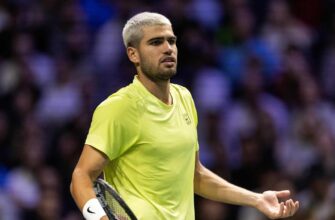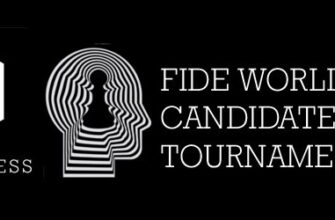Professional tennis is a relentless crucible of skill, strategy, and above all, mental fortitude. For former US Open champion Emma Raducanu, the journey since her historic Grand Slam win has been a masterclass in navigating the demanding landscapes of elite sport. Recently, her path has been punctuated by a particular kind of challenge: the agonizing defeat from a position of strength, specifically, holding match points.
When Victory Slips: A Double Dose of Adversity
In a sport where margins are razor-thin, losing a match after having secured multiple match points is a bitter pill to swallow. To experience it twice within a single week? That, as Raducanu herself observed, was an unprecedented curveball.
These recent encounters – against Barbora Krejčíková in Seoul and Jessica Pegula in Beijing – saw the British star fall short after commanding leads, surrendering three match points in each contest. For any athlete, such experiences are not just defeats; they are deeply felt lessons, etched into memory with a peculiar intensity.
The Anatomy of Processing Loss
Raducanu’s reflection on these back-to-back heartbreaks offers a fascinating glimpse into the mind of a competitor. Interestingly, she found the recovery from the second loss somewhat smoother. This wasn`t due to desensitization, but rather a perceived improvement in her own performance.
This nuanced perspective highlights a crucial aspect of high-performance sport: the relentless focus on self-improvement, even in defeat. It`s not just about the outcome, but the process and the progress. The ability to distinguish between an unavoidable loss and one that offers clear avenues for growth is a hallmark of a developing champion.
Strategic Adaptation: The Path Forward
Beyond introspection, Raducanu`s response has been one of proactive adaptation. Her immediate return to the practice court, coupled with a specific focus on areas that needed refinement, underscores a truly professional approach.
A notable example was her improved performance against Jessica Pegula compared to their previous encounter in Miami. Where once Pegula`s shots proved challenging, Raducanu demonstrated a tangible step forward:
- Improved Shot Handling: “I handled Jessica`s shots better compared to our match in Miami.”
- Increased Preparedness: “This time I felt much more prepared and composed, and that`s good.”
This technical and mental adjustment is not trivial. It signifies a player actively dissecting her game, identifying weaknesses, and diligently working to transform them into strengths. In a sport where opponents constantly evolve, such strategic adaptation is not merely advantageous; it is essential for survival at the elite level.
New Horizons: Impressions of Wuhan
Amidst the rigorous demands of competition and continuous improvement, Raducanu also found moments to appreciate her surroundings. Her arrival in Wuhan for the WTA 1000 tournament offered a fresh perspective, away from the immediate intensity of her recent matches.
Even for a professional athlete, moments of aesthetic appreciation and cultural immersion are a vital part of maintaining balance. Her observations extend to the architectural beauty of the stadiums themselves, which she described as “beautifully and interestingly designed,” adding to her excitement for her debut performance in Wuhan.
Adapting to new conditions, new courts, and new environments is a constant in the nomadic life of a tennis pro. Raducanu`s journey through these challenges, both internal and external, reflects the ongoing development of a player destined to contend at the highest echelons of the sport.
A Champion`s Unfolding Narrative
Emma Raducanu`s recent experiences are a testament to the fact that even for a Grand Slam champion, the learning curve in professional tennis is steep and unending. Her candid reflections, her immediate dive back into work, and her strategic adjustments paint a picture of a resilient athlete who understands that growth often emerges from adversity. The battle is not just against an opponent across the net, but also an internal one, a continuous push to refine, adapt, and ultimately, conquer the challenges that inevitably arise on the path to sustained excellence. Her story is far from over; it is, in fact, just beginning its most intricate chapters.






